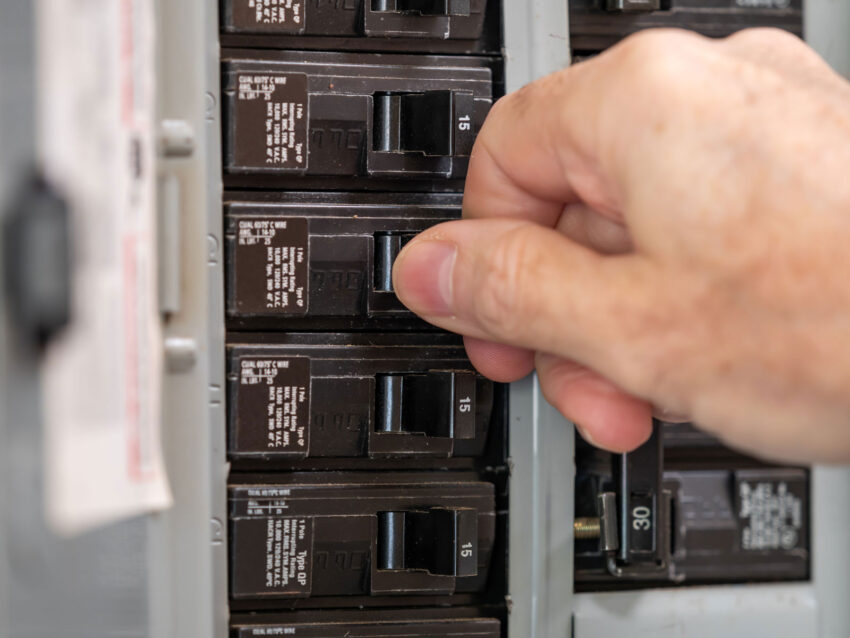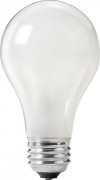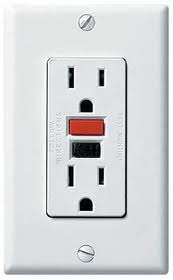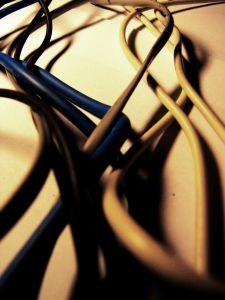
When a particular circuit in the house is not working, customers commonly call and say something to the effect of, “I checked the electrical panel and there are no tripped circuit breakers,” or “I have reset all the circuit breakers and the circuit is still not working.” After asking them a few questions, I commonly find that the problem can be resolved fairly simply over the phone.
In the first instance, what often happens is that although the circuit breaker has indeed “tripped”, it still appears to be in the “on” position and there is no visible indicator that anything is wrong in the electrical panel. The easiest way to avoid an unnecessary service charge is to methodically go through and properly reset (as described below) all of the breakers in your electrical panel. This may create the inconvenience of having to reset all your digital clocks, but it can be well worth the time spent.
In the second instance, a common occurrence is that although the customer believes he or she has gone through and “reset” all the breakers in their electrical panel, they have not actually “reset” the breakers, but have simply “flipped” them off and back on.
If the circuit breaker is truly “tripped” it takes a little more than to simply “flip” it off and back on. To properly reset a “tripped” circuit breaker, one has to firmly push the breaker to the “off position” and then turn the breaker back to the “on” position. A properly reset breaker will typically “snap” into place when returned to the “on” position. If, after being reset, the breaker still continues to trip, it’s time to call an electrician.
If the above procedure still doesn’t resolve your problem, you may have a tripped GFCI receptacle. Please see our article entitled “Bathroom, Kitchen, Garage, Basement or Outside Plugs not Working?”



